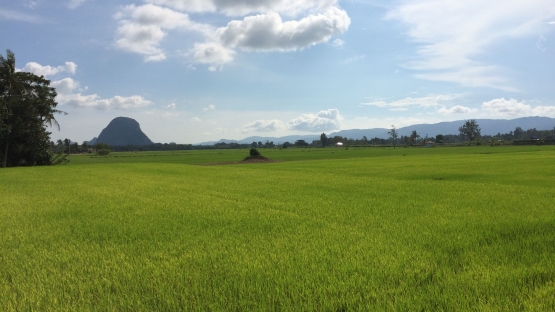Land degradation, mainly caused by soil erosion, is currently affecting 1.9 billion hectares globally, which represents around 65% of the global soil resources. In the Asia Pacific region, the expanding population, economic development and global environmental changes keep putting severe pressure on the already vulnerable soil and water resources further contributing to soil erosion, poor crop yield and food insecurity. In order to implement adequate soil conservation measures, scientific data regarding hot-spot areas of land degradation in agricultural catchments and the area-wide environmental impacts of erosion, sedimentation as well as associated nutrients and pesticides on land productivity are required. Nuclear isotopic techniques such as Fallout Radio Nuclides (FRNs) and Compound Specific Stable Isotope (CSSI) have proven to be very effective to quantify soil erosion losses and to identify the exact source of land degradation on area-wide scale, respectively.
The IAEA's Technical Cooperation Project RAS/5/055 assists Member States in the development and effective implementation of area-wide conservation and control of the impact of land-use practices on land degradation. From 8 to 12 Sep 2014, the IAEA in cooperation with Nepal's Ministry of Environment, Science and Technology organized a meeting to agree on the Establishment and Maintenance of the Databases of CSSI and FRN Data of the region. During the meeting, 21 participants from 15 different countries developed for the first time a regional data base of CSSI and FRNs by collecting soil, environmental, management and land use data from 13 Member States in the Asia Pacific region. The database provides farmers with insights to improve crop, soil and agricultural water management, as well as provides information to stakeholders and decision makers in Member States to develop on-farm management strategies and to make informed policy decisions that can enhance land productivity and environmental sustainability.
Since the project started in 2012, it has produced several key achievements by implementing appropriate conservation practices based on CSSI and FRN data including the significant reduction of erosion rate in the Loess Plateau and North Eastern in China, the Pansir Buncir catchment in Indonesia, and the Timah Tasoh river catchment in Malaysia, among others.
![]()




